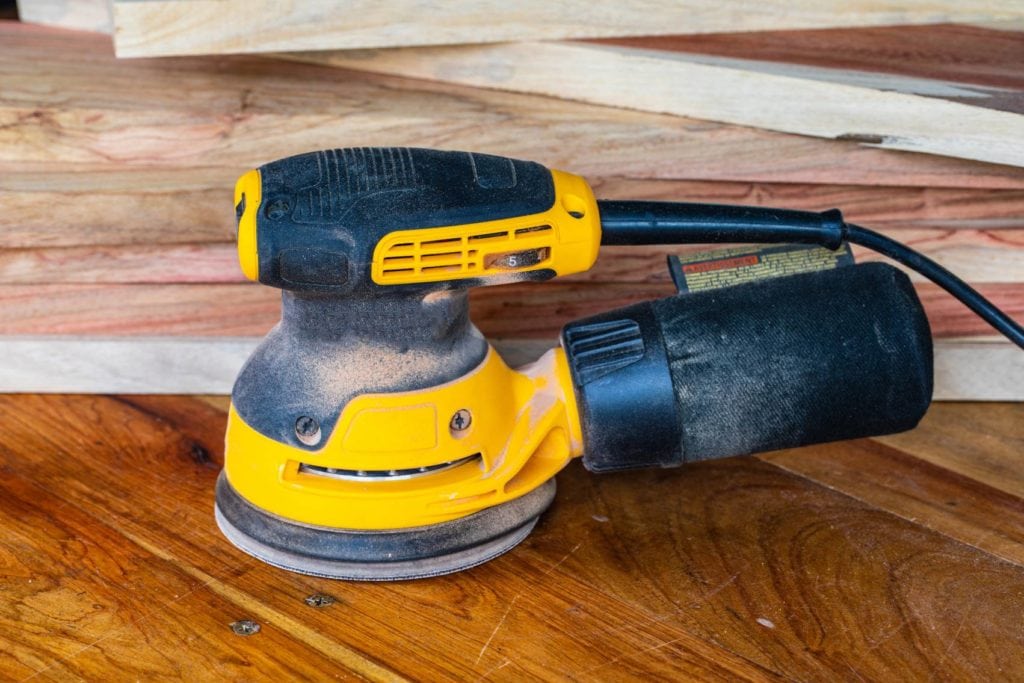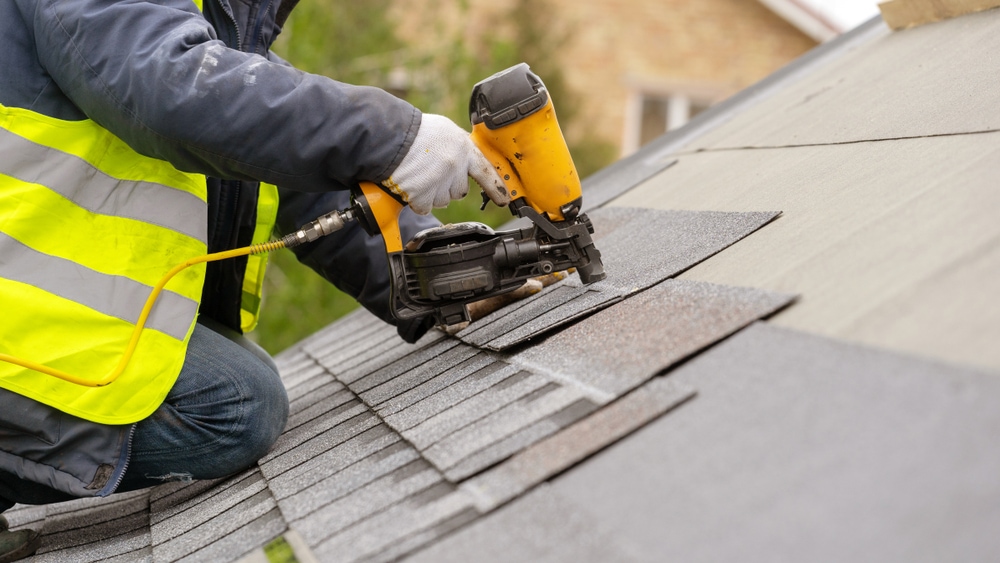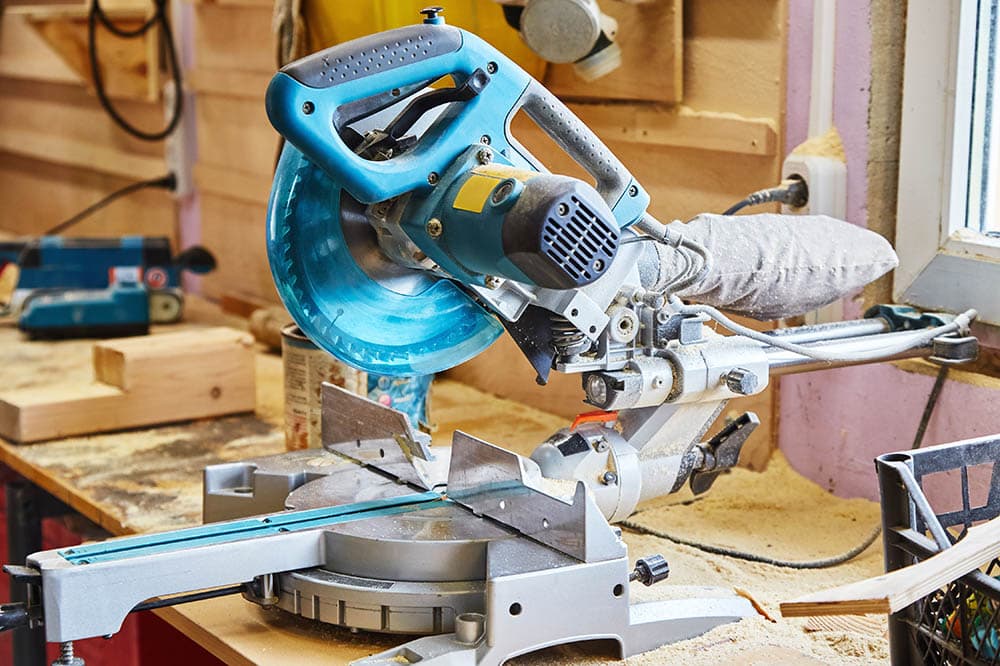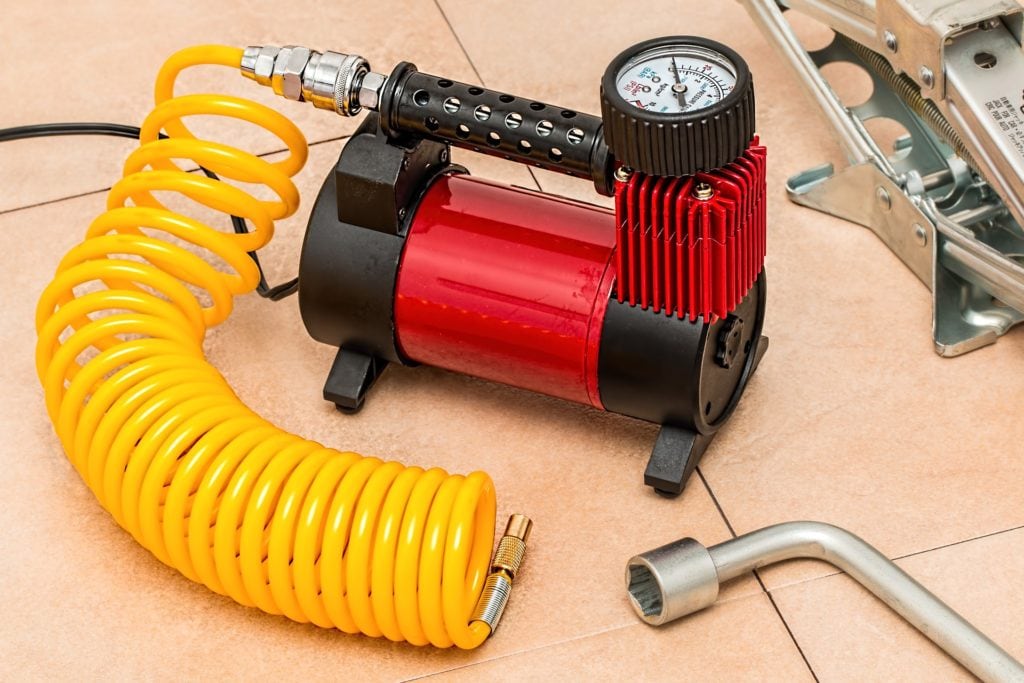Who Invented Power Tools? History, Origins, & FAQ
-

- Last updated:

It doesn’t really matter whether you’re a professional carpenter, construction worker, or just like to do some DIY projects. Most likely, you have at least one or two power tools in the garage. Drills, grinders, jigsaws—they make our lives a lot easier. But when were these instruments invented? It was back in 1895 when Arnot and Brain introduced the very-first electric power tool.
Handheld drills arrived in 1895. Many years later, in 1961, cordless drills hit the shelves. It took the industry around 100 years to go from the original concept to the instruments we use today. Want to learn more about the first steps and how far these tools have come? Then join us in this exciting history class, and let’s begin!
The Origins: Bow Drills from Egypt
Ancient Egypt was one of the most technologically advanced civilizations in history. To this day, archeologists are finding relics that date back to the Bronze Period¹ in Egypt. The bow drill is a great example of that. Now, scientists believe that the bow drill¹ was invented in the 4th–5th millennia BC by the people that lived in Mehrgarh. However, the Egyptians perfected the original “formula” and made it popular.
They used it to drill holes in stones, wood, and even human teeth and bones. Another popular use for the bow drill was to start a fire. So, yes, engineers from Ancient Egypt set the foundation for modern-day power tools. The bow-powered lathe¹ was a one-of-a-kind invention that utilized the momentum provided by the spinning tool to multiply the force.

A Water-Powered Saw: Early 19th Century
Before humanity discovered electricity and learned how to harness its power, the Industrial Revolution introduced new ways of powering various tools/equipment. For example, back in 1810, Tabitha Babbitt¹ manufactured a water-powered circular saw. First used as a stationary saw at a local mill in Massachusetts, it instantly grabbed the attention of facilities around the country that specialized in cutting and shaping logs.
This invention inspired fellow engineers to develop tools that can put the power of water, air, and steam to good use. Babbitt is also credited for improving the spinning wheel head, building the world’s first cut nails, and even coming up with the idea of false teeth/dentures. Sadly, there is some controversy¹ surrounding these inventions because none of the things that she built were ever patented.
Stationary and Handheld Drills: 1889–1895
Circular saws were, indeed, a great tool, but they still had many flaws and weren’t very productive. That’s why when Arnot and Brain, two scientists from Australia, built the first electric power drill, their invention instantly made headlines. Six years later (in 1895, to be exact), C&E Fein, a German company, took this technology to the next level.
Wilhelm and Carl Fein managed to create a handheld drill. It was yet another big step toward the power tools that we use today. This drill was quite heavy, though, and somewhat slow. On top of that, you needed to have at least three people to operate it. Compared to the Arnot device, the Fein drill was many times faster, of course; still, it had a lot of room for improvement.
The Arrival of the Modern Drill: 1917
In 1917, Black & Decker invented a new power drill that featured a trigger and a grip¹ like in a gun. This tool is known as the “grandfather” of modern-day drills. It was significantly lighter, more powerful, and with an extended lifespan. Duncan Black and Alonzo Decker were inspired by the Colt .45 Peacemaker pistol. That’s why most cordless tools you see on the shelves today look like a Colt!

The Cordless Drill Revolution: 1961
So, now that we’ve covered bow drills, circular saws, handheld drills, and everything in between, let’s answer the next big question: when were cordless drills invented? Which brand made the breakthrough? The answer is Black & Decker, in 1961, the same year when JFK became president¹, Yuri Gagarin flew to space, and the Berlin Wall was built. How were these drills powered, though? The company used nickel-cadmium batteries.
The best thing about them—these batteries were rechargeable. A couple of years later, Black & Decker started a partnership with NASA¹. The goal was to manufacture light, portable tools that could work in zero-G and on the moon. However, it wasn’t until 1978 that the world saw the arrival of removable batteries. As long as they match the size and the requirements of the power tool, you could easily replace those batteries.
Switching to Plastic: Mid-20th Century
Did you know that until plastic became a cheap alternative, every single power drill was crafted from metal? That’s right! Now, metal is a durable material, but it’s also an electrical conductor¹. Besides, metal is usually rather heavy and not very flexible. That’s exactly why in the late 50s, most manufacturers switched to plastic. Bosch was the first company to make a fiberglass-body hammer drill.
Today, it will be almost impossible to find a power tool that doesn’t have at least some sort of plastic that serves as protection against short circuits.
Lithium-Ion Batteries: Early 21st Century
Nickel-cadmium batteries were a revolutionary invention, but cordless tools weren’t nearly as capable as powered ones. The performance, capacity, and reliability left a lot to be desired. No large-scale construction project could be completed without corded power tools. That all changed 25 years later when Bosch created the first-ever cordless screwdriver packed with a lithium-ion battery.
In 2003, the company introduced the lightweight (around 300 grams), long-lasting, and incredibly powerful Ixo screwdriver. It marked the next step in the evolution of portable power tools. The number of total recharge cycles was quite impressive as well, which made Ixo an even better investment. Today, it’s one of the best-selling tools¹ on the market.

 What Is a Power Tool? The Definition
What Is a Power Tool? The Definition
In simple terms, a power tool is a tool that’s powered by electricity¹. The operator doesn’t have to apply any force for it to work. Instead, the device uses a power charge to push nails and screws in, drill holes, and perform other tasks that require lots of manpower. That charge comes from a cord or a battery. A power tool doesn’t necessarily have to be powered by electricity, though.
The market is crowded with pneumatic tools that rely on compressed air to do the job. We’re talking about impact hammers, drills, wrenches, and other tools. In contrast, instruments with gasoline engines are NOT a part of this “family”. Here’s a quick look at the most commonly-used power tools¹:
- Circular and Miter saw
- Handheld/cordless drill
- Electric screwdriver
- Electric nail gun
- Sanders and polishers
- Grinders and routers
- Ceramic tile cutter
- Disc cutter/sander
- Air compressor
- Impact driver
- Impact wrench
How Long Do They Last? What About the Batteries?
This largely depends on how often you use a power tool and how much “abuse” you put it through. Some electric drills last for 30–40 years, but that doesn’t mean you should expect your tools to have a similar lifespan. If you only intend on using it once a month, then yes, it will serve for many decades. In contrast, a construction worker that drills for at least 4–6 hours a day will have to replace it a lot sooner.
As for the batteries, a lithium-ion unit usually lasts for 2–3 years or 1K charging cycles. Nickel-cadmium batteries have a slightly shorter lifespan. Now, most manufacturers back their batteries with a 3-year warranty. So, don’t hesitate to take advantage of that. One last thing: each brand has its specific platform¹ that requires specific batteries. That means you won’t be able to, let’s say, put a DeWALT drill battery into a Makita hammer.
Final Thoughts
Although power tools haven’t been around for very long, today, they are an integral part of our lives. Cheap, efficient, and easy to use, they do an incredible job of speeding up construction projects and keeping production costs to a minimum. All you’ll have to do is plug the instrument in (or just charge it up with a battery set), and you’re ready to go!
Power tools come in all shapes and sizes, and they all have their uses. More importantly, modern-day power tools are safe and will serve you for many years, if not decades. So, pick an instrument from the list (like an electric drill or a cordless screwdriver), put a pair of gloves on, and get to work!
- ProToolReviews – History of the Power Drill
- RonixTools – Power tools invention history
- HandyToolAdvisor – Power Tools History
- NASA Innovative Partnerships Program – Power Tools
- HouseGrail – How Long Do Cordless Drill Batteries Last?
- OFS – Questions about Cordless Power Tool Batteries
- ThePeopleHistory – 1961 Major Events
- Motorhead – The History of Power Tools
- EU – Electrical Conductivity of Metals
- First power tool with lithium-ion battery
- Wikipedia – The Egyptian Bow Drill
- Org – Sarah “Tabitha” Babbitt
- Org – Tabitha Babbitt
- Wikipedia – The Bronze Age
- Wikipedia – Power Tools
- Britannica – Power tools
Featured Image Credit: Nakornthai, Shutterstock
Contents

